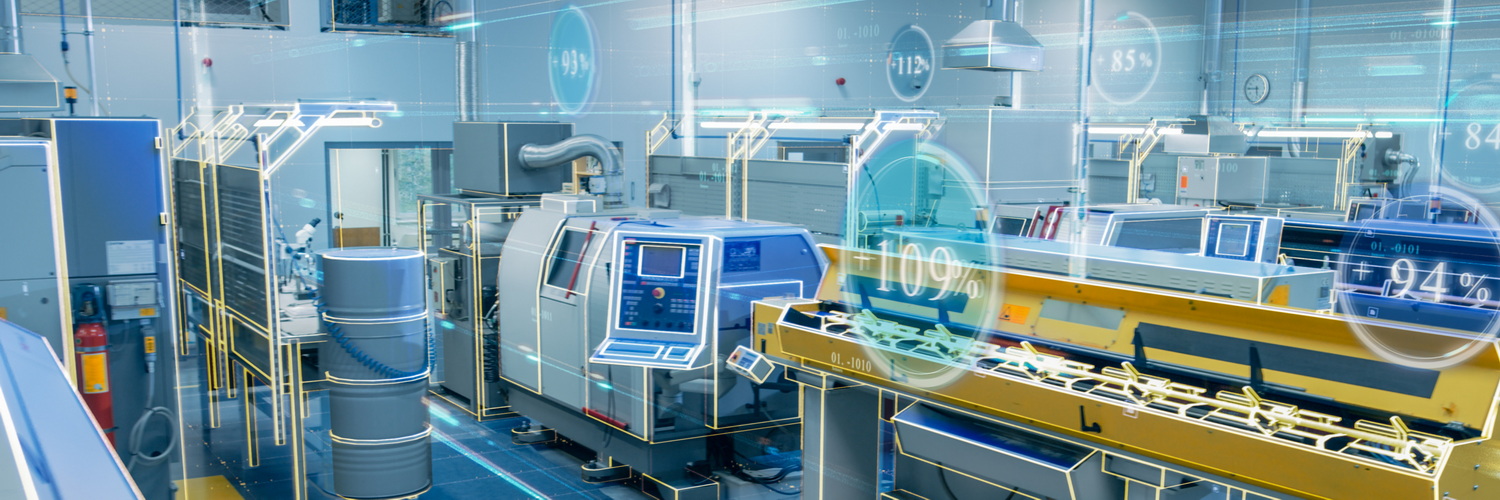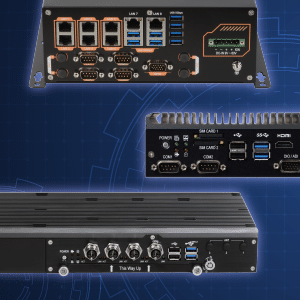Embedded Computing Systems: What They Are and How They Work

Embedded Computing Systems form the backbone of many modern technologies. They orchestrate specific functions within devices ranging from smartphones to industrial machinery. As specialized computer systems integrated into other devices, they offer unparalleled reliability, efficiency, and cost-effectiveness
This article discusses the detailed aspects of embedded computing, including its definitions, characteristics, types, differences from general-purpose computing, design requirements, and key application areas. It provides an in-depth understanding of this vital technology.
What Is Embedded Computing?
Embedded computing refers to integrating specialized computer systems within other devices to perform specific, dedicated functions. Unlike general-purpose computers, embedded computing systems execute particular tasks or applications, often with real-time constraints, and has unique form factors. Examples include microcontrollers in automotive control systems, digital signal processors in communication devices, and programmable logic devices in industrial automation.
Characteristics of Embedded Computing Systems
- Reliability: Embedded systems must function flawlessly since they are often used in fields where shutdown might cause severe loss of life and property, such as medical devices and automotive controls. High reliability is achieved through fault-tolerant design and rigorous testing.
- Efficiency: Optimized for particular tasks, embedded computing systems utilize minimal resources to perform their functions for higher processing efficiency. It is vital in applications like robotics, where computational overhead must be minimized.
- Cost-Effectiveness: Since it utilizes specialized hardware and software tailored to specific tasks, embedded computing can reduce inclusive system costs. Economies of scale further enhance cost-effectiveness in mass-produced devices.
- Power Consumption: Power efficiency is required in battery-operated devices like smartphones and IoT sensors. Embedded systems are integrated with power management techniques, including dynamic voltage scaling, to extend battery life.
- Heat Dissipation: Thermal management is necessary for high-performance embedded applications like graphics processing. The design must incorporate efficient cooling solutions to prevent overheating without adding unnecessary bulk.
- Size Constraints: Embedded computing often demands compact and lightweight designs in applications like wearables or aerospace systems. It requires carefully selecting components and innovative designs to fit within physical constraints.
Types of Embedded Computing Systems
The following are the various types of embedded computing systems.
1. Real-Time Systems
Stringent timing requirements characterize real-time embedded computing systems. They are further subdivided into hard real-time systems, where failure to meet a deadline constitutes a system failure, and soft real-time systems, where a missed deadline results in reduced quality but not failure. For instance, in avionics control, a microsecond delay in response can have catastrophic consequences, hence the utilization of hard real-time systems.
2. Stand-Alone Systems
Stand-alone embedded computing systems function independently without the need for a host computer. They often contain dedicated microcontrollers that execute tasks such as image processing in digital cameras or temperature control in smart thermostats. Unlike networked systems, they are not reliant on external communication but perform functions autonomously, usually on an 8-bit or 16-bit microcontroller platform.
3. Network Systems
Network, or networked, embedded computing systems, interact with other devices or systems through wired or wireless connections. They often contain complex protocols and interfaces to enable seamless integration within a network, including TCP/IP in ATMs or MQTT in IoT devices. Security, synchronization, and real-time communication capabilities are key features requiring specialized hardware like Ethernet controllers or Wi-Fi modules.
4. Mobile Systems
Mobile embedded computing systems are a subset of embedded systems for portability and energy efficiency. Utilizing low-power microcontrollers, often with sleep modes to conserve energy, they are optimized for handheld devices like smartphones and tablets. Also, they usually incorporate specific features such as power management units (PMUs) and dedicated hardware accelerators for tasks like encryption to enhance performance and battery life.
Embedded Computing System vs. A General Purpose One
Below is a table that quickly compares Embedded Computing Systems with General Purpose Computing Systems based on purpose, constraint, performance, and user interface.
|
Feature |
Embedded Computing System |
General Purpose Computing System |
|
Purpose |
Customized for specific, real-time tasks. |
Intended for a wide range of applications. |
|
Constraint |
Power, size, and cost-optimized. |
Less constrained by power and size, more focused on flexibility. |
|
Performance |
Optimized for real-time performance, often meeting strict timing deadlines. |
Generally prioritizes raw computational power, which may lead to higher latency. |
|
User Interface |
Minimal or specialized interfaces are considered for specific human-machine interaction. |
Complex and adaptable human-machine interfaces supporting various software and user needs. |
Requirements for Embedded Computer Design
Below is a concise breakdown of the top five requirements for embedded computer design.
- Fanless Designs: Using passive cooling methods, fanless designs employ aluminum-finned chassis as heatsinks and copper heat pipes to transfer heat. These designs support higher thermal design packages (TDP). As a result, it increases reliability in harsh environments without the common failure points of fans.
- One-Piece, Cableless Construction: A solid-state one-piece design eliminates mechanical joints and unnecessary screws for resistance to shock and vibration. Cableless architecture, where components are seated directly onto the motherboard, removes common failure points and enhances stability in moving environments.
- Broad Operating Temperature Range: Embedded computing systems can operate in extended temperature ranges (-40°C to 70°C) by combining fanless cooling and industrial-grade mechanical designs. It ensures reliability in rugged applications like factory automation, in-vehicle, outdoor kiosks, and military environments.
- Wide-Voltage Power Protection: Embedded computing systems with wide-voltage inputs (9VDC to 50VDC) can cope with fluctuating power grids and spikes that could damage the system. Integrated features for overvoltage, overcurrent, and reverse polarity protection secure the electronics by rerouting circuits to stabilize the system.
- Modular and Expandable I/O Options: Legacy and modern peripheral support in embedded computing systems ensure flexible integration with various sensors and actuators in preparation for Industry 4.0. I/O options, including USB, Serial ports, Lan/PoE, GPIO, and independent display ports, enable robust computing operations and strategic data analytics for real-time decision-making.

Key Application Areas of Embedded Computing Systems
In consumer electronics, embedded computing systems are found in items like MP3 players, televisions, and mobile phones for improved functionality and efficiency. Household appliances, similar to microwaves and washing machines, incorporate embedded systems for flexibility and energy management. Plus, home automation uses them to control lighting and security. Transportation systems, including cars and planes, utilize these systems for safety and optimization, with applications in navigation, pollution reduction, and traction control.
Medical equipment also relies on embedded computing systems for monitoring and non-invasive imaging techniques, like CT scans and MRIs. Aerospace and defense applications use these systems for trajectory correction and safety measures, often designed to withstand high temperatures and provide secure, isolated operation. In addition, the technology also extends to wireless sensor networking with miniature devices known as motes, which allow measurement and control over various physical world aspects.
The Future and Potential of Embedded Computing Systems
The trajectory of embedded computing systems is marked by robust and accelerated growth, characterized by the integration of advanced technologies such as 5G, LTE, and real-time IIoT control systems. SINTRONES’ innovative fanless designs, engineered to function under extreme weather conditions, are indicative of a burgeoning market that is anticipated to attain a valuation of $165 billion by the year 2030. The incorporation of Intel’s 11th Gen Core processors within industrial and automation domains underscores the significant technological strides being made in the field of rugged, compact computing.
Should you wish to delve further into the realm of embedded computing systems, SINTRONES stands ready to provide a comprehensive array of customizable solutions. These are meticulously designed to cater to diverse needs, ranging from intricate excavator operations to intelligent surveillance systems. We invite you to explore the cutting-edge products and opportunities available through SINTRONES Embedded Computing.




